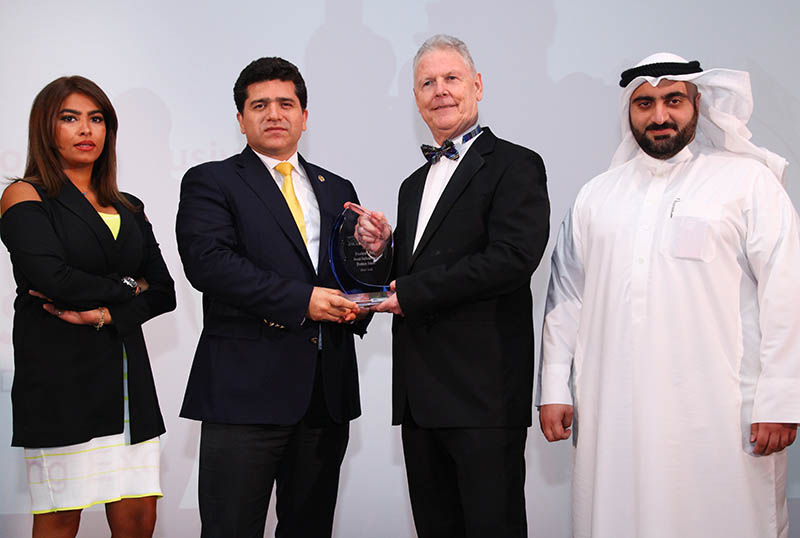 Enghouse Interactive, a leading developer of customer interaction management applications and Voxtron who specialise in delivering customer engagement solutions will be joining forces at this year’s Middle East Call Centre (MECC) ’18 on the 24th – 25th April. MECC is the main annual conference and event for the Call Centre industry in the Middle East region.
Enghouse Interactive, a leading developer of customer interaction management applications and Voxtron who specialise in delivering customer engagement solutions will be joining forces at this year’s Middle East Call Centre (MECC) ’18 on the 24th – 25th April. MECC is the main annual conference and event for the Call Centre industry in the Middle East region.
At the event Voxtron will be showcasing Voxtron Communications Centre (VCC), powered by Enghouse Interactive, which is designed to orchestrate the customer experience across all channels including voice, email, chat, social and text, so that it is seamless, integrated and consistent. The flexible brand agnostic nature means that the solution can sit on multiple platforms, protecting existing investments and it easily integrates into other business applications such as ERP and CRM to create a single view of the customer.
Enghouse Partner, Voxtron will also be presenting at the event on “The Changing Face of Customer Contact – Innovative Solutions for Today’s Challenges.” The presentation will take you through the most appropriate technology and applications for the organisation to improve performance, drive customer interaction, enhance the customer experience and increase agent productivity within the contact centre.
Mr Thomas, Managing Director at Voxtron explains “Our team has extensive experience working with Enghouse Interactive and its range of solutions. Communications Center offers end customers a seamless, blended multi-channel experience but also offers product capabilities such as call backs, survey, self-service and quality monitoring. MECC offers a unique opportunity for delegates to understand every aspect of the solution from the technology and its deployment through to the business and cost benefits.” He further added, “As a systems integrator we have experience implementing contact centre solutions to a broad spectrum of industries including banking, wholesale and retail. We have achieved this by working closely with Enghouse Interactive, to ensure that we provide a contact centre solution that meets the requirements of our clients.”
Richard Buckham, Account Director for Middle East and Africa at Enghouse Interactive, enthuses “We are pleased and proud to support our partner Voxtron who will be exhibiting and presenting at MECC. The Middle East is experiencing impressive growth in the contact centre market and Enghouse Interactive is committed to supplying and supporting our partners and customers in this region.”
Middle East Call Centre 18 runs from April 24th-25th at Crown Plaza Hotel, Sheikh Zayed Road, Dubai. Visit http://www.insights-me.com/ccrecharge to register.

